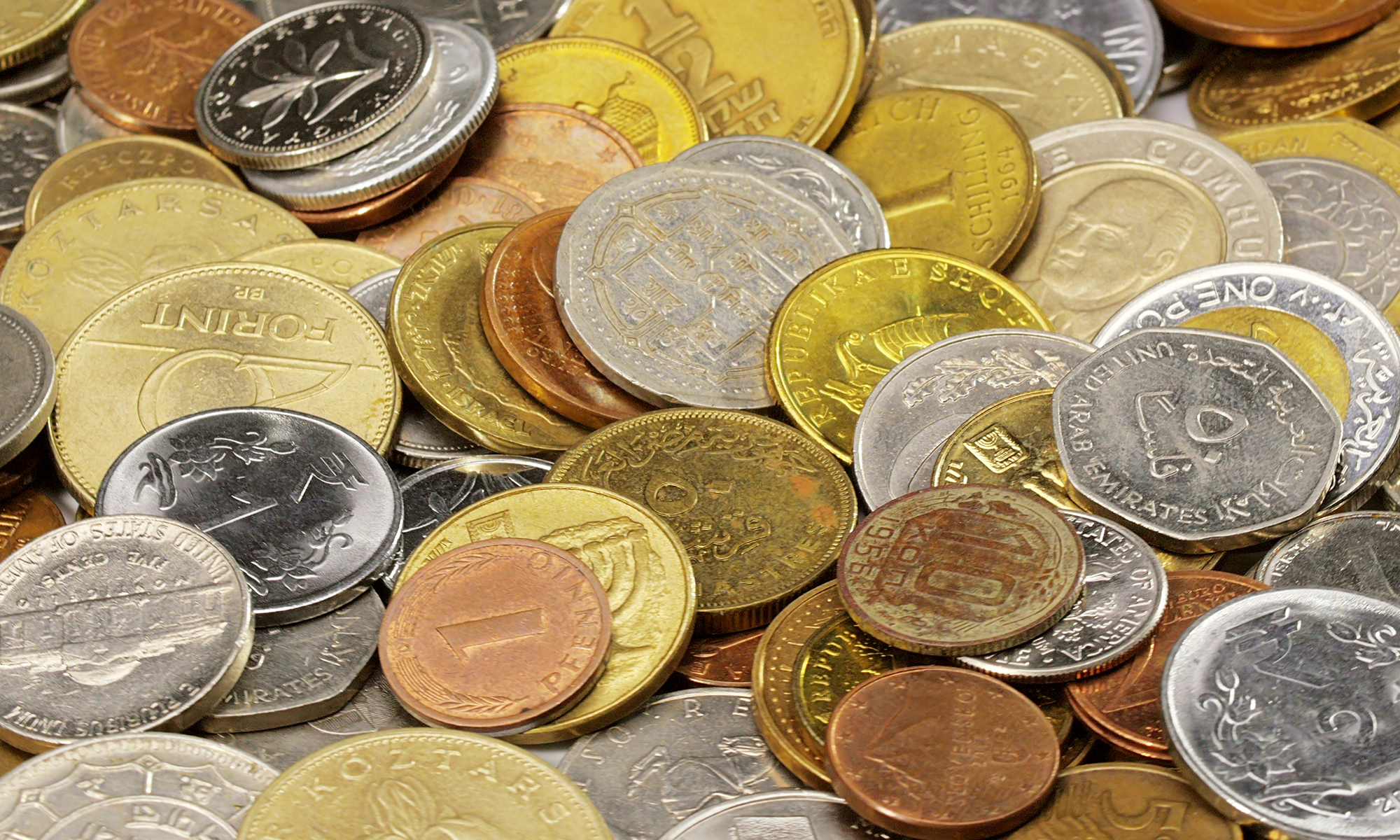The Buffalo nickel, otherwise known as the Indian Head nickel, is an iconic U.S. coin design which is highly sought after by both the general public and serious coin collectors. The coin was minted from 1913 until 1938 when it was replaced by the Jefferson nickel. Although the coin has become a true part of Americana, it was not without a good bit of controversy.
The Story of the Buffalo Nickel
It is quite possible that the history of the Buffalo nickel began with a letter written to Franklin MacVeagh, who was the Treasury Secretary at the time, by his son, Eames. In the letter, the younger MacVeagh reminded his father that the mint had the authority to redesign the nickel. In the letter, the son strongly urged his father to do so in order to create “a permanent souvenir of a most attractive sort.” Soon after receiving the letter, the Mint decided to put out a call for new nickel designs.
Initially, the new Mint director, George Roberts, was determined to use a portrait of President Abraham Lincoln in the new design, but when the sculptor James Earle Fraser approached the Mint with concept drawings showing an Indian portrait and a bison, Roberts changed his mind. In June of 1912, Fraser completed his design and met with representatives from the Mint in Washington, DC the following month. MacVeagh was very pleased with the final design for the new coin.
After the Mint released the design for the new nickel, it didn’t take long for the controversy to begin. It started with the vending machine manufacturers who wanted assurances that the diameter and thickness of the new nickel would not change. After confirmation that the size of the new coin would remain the same, all the manufacturers were satisfied except one, the Hobbs Manufacturing Company. The Hobbs Manufacturing Company produced devices which could detect counterfeit coins, and it was worried the device would not work properly with the new design. The Mint and the company met several times to try to find a design both could agree on, but in the end, the original design won out.
Headed Into Circulation
The Buffalo nickel was put into circulation on March 4, 1913, and became immediately popular with the majority of Americans, although not everyone liked the design. The New York Times ran an article which stated the new nickel was “not pleasing to look at when new and shiny, and will be an abomination when old and dull.” The controversy surrounding the Buffalo nickel continued when Two Guns White Calf, the son of the last Blackfoot chief, claimed to be the model for the portrait. Fraser disputed the claim and said the Native American on the coin was a composite of several models. Nevertheless, a different Native American, John Big Tree, a Seneca, continued to claim he was the model on the coin until his passing in 1961.
You can learn more about the fascinating world of coins online. If you are interested in collecting or investing in coins, visit Roswell Gold, Silver & Coins for accurate grading and fair prices.
